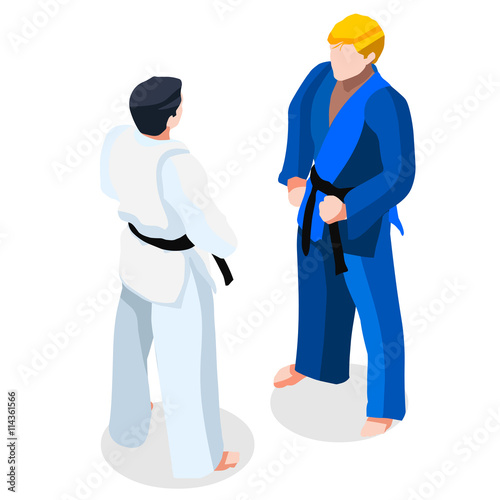The Growth And Historic Context Of Martial Arts Worldwide
The Growth And Historic Context Of Martial Arts Worldwide
Blog Article
Personnel Author-Mortensen Matthews
Martial arts have a fascinating history that extends centuries and continents. You may locate it intriguing just how old methods like Shuai Jiao and Kalaripayattu laid the groundwork for modern combat techniques. These disciplines not just highlight physical abilities yet likewise show the societies that birthed them. As you explore their advancement, consider exactly how globalization has transformed these traditional forms into crossbreed styles. What influences do you think have shaped today's martial arts landscape?
Ancient Martial arts: The Structures of Battle
As you look into the world of ancient martial arts, you'll uncover the rich structures that formed battle techniques throughout societies. Early techniques concentrated on Self-Defense and survival, frequently incorporating strikes, grappling, and weapons.
In ancient China, for example, methods like Shuai Jiao emphasized tosses and joint locks, while India's Kalaripayattu showcased dexterity and liquid activity. Japanese samurai developed Kenjutsu, a polished swordsmanship that highlighted discipline and technique.
These martial arts offered not just for fight but also as a means of individual growth, instilling values like respect and willpower. The blending of these strategies gradually prepared for the diverse martial arts you see today, each mirroring the distinct approaches and requirements of its society.
The Social Influence on Martial Arts Development
While martial arts commonly reflect the functional requirements of a society, they also symbolize the social worths and beliefs of their origins. When official source check out different martial arts, you'll discover how they're influenced by religion, viewpoint, and social norms.
As an example, the focus on respect and technique in Japanese martial arts stems from Zen Buddhism and samurai culture. In contrast, Brazilian Jiu-Jitsu promotes adaptability and method, shaped by the need for effectiveness in a diverse, modern setting.
click this may locate that the routines, uniforms, and training methods show a community's history and identity. By recognizing these social influences, you grow your recognition of martial arts and their function fit human experiences across the globe.
Modern Adaptations and the Globalization of Martial arts
Martial arts have transformed significantly in recent years, adapting to contemporary society and international impacts. You'll notice that traditional kinds have blended with modern techniques, creating hybrid styles like mixed martial arts. These adaptations cater to varied target markets, making martial arts accessible and attractive around the world.
With the rise of social networks and electronic systems, you can find tutorials and competitors from all corners of the globe, damaging geographical barriers. This globalization has actually brought about a common gratitude for numerous disciplines, from Brazilian Jiu-Jitsu to Taekwondo.
As you involve with these arts, you'll understand they're not nearly fight; they advertise fitness, discipline, and mental health.
Inevitably, contemporary adjustments have enhanced the martial arts landscape, making it a dynamic and advancing technique.
Conclusion
In discovering the history and advancement of martial arts, you discover a fascinating mix of techniques, cultures, and viewpoints. From ancient techniques like Shuai Jiao and Kalaripayattu to the modern versatility seen in mixed martial arts, martial arts reflect mankind's quest for Self-Defense and personal growth. As you engage with these practices, you not only acquire abilities but also a deeper appreciation for the diverse practices that shape our world today. So, continue your trip and welcome the art of battle!
